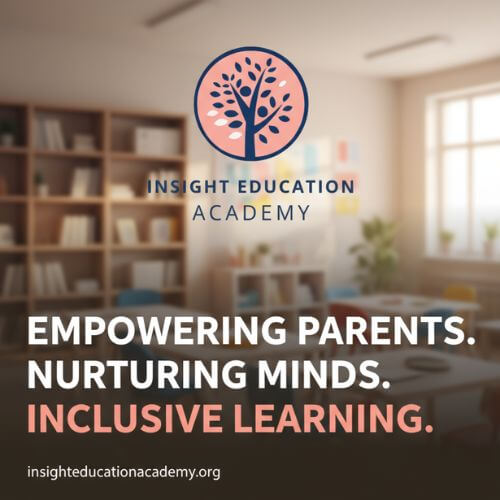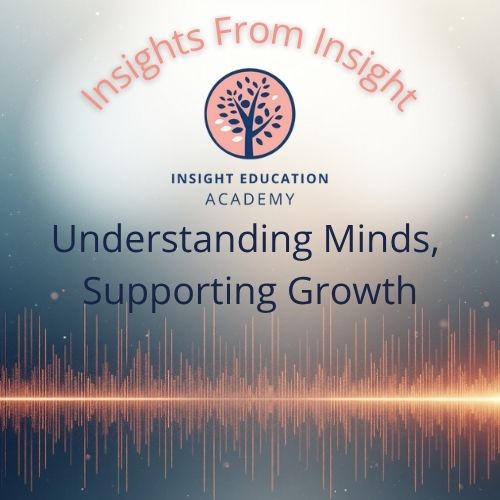Imagine a world where emotions aren't just felt, but can be seen, understood, and managed. For many neurodiverse children, this isn't just imagination—it's a daily navigation of complex internal landscapes.
The Science of Seeing Emotions
Our brains are remarkable pattern-recognition machines. For children who process the world differently, visual input isn't just information—it's a pathway to understanding. When words fail, when big feelings overwhelm, sometimes what a child needs most is a visual anchor.
Why Movement Matters
Neuroscientists have long understood that visual stimulation can profoundly impact our nervous system. Slow, predictable movement—like liquid droplets cascading through a tube—can:
- Reduce cortisol (stress hormone) levels
- Provide a rhythmic, calming visual input
- Create a momentary "pattern interrupt" for overwhelming emotions
- Support self-regulation skills
Beyond Distraction: A Tool for Emotional Intelligence
These aren't just pretty tubes with moving liquid. They're portable emotional regulation tools that teach children critical skills:
Learning to Pause
When emotions surge like a tidal wave, having a consistent, predictable visual can help a child:
- Interrupt reactive emotional patterns
- Create a moment of space between feeling and response
- Develop self-soothing strategies
Developing Interoception
Interoception—our ability to recognize and understand internal bodily sensations—is crucial for emotional regulation. Visual tools like these help children:
- Recognize when they're becoming overstimulated
- Understand the connection between internal feelings and external responses
- Build self-awareness
Real-World Emotional Navigation
Think about the moments that challenge our children most:
- Transitioning between activities
- Waiting in busy environments
- Managing unexpected changes
- Processing complex social interactions
A simple, quiet tool that provides consistent, mesmerizing movement can be a lifeline during these moments.
Not Just for Neurodiverse Learners
While these tools are particularly beneficial for children with sensory processing differences, emotional regulation is a universal skill. Every child—and adult—can benefit from learning to:
- Recognize emotional states
- Create space between feeling and reaction
- Find calm in moments of overwhelm
Creating an Emotional Toolkit
Consider these visual regulation tools as one piece of a larger emotional intelligence puzzle. Pair them with:
- Open conversations about feelings
- Consistent emotional vocabulary
- Validation of emotional experiences
- Modeling healthy regulation strategies
Suggested Products
When building your own emotional toolkit, a visual regulation tool is a must. Here's some of our favorites:
A Note to Parents and Caregivers
Your child's emotional journey is unique. What works beautifully for one might not resonate with another. Observe, experiment, and most importantly—listen to your child's experience.
Emotional regulation isn't about suppressing feelings. It's about understanding them, giving them space, and learning to navigate them with grace and self-compassion.
Reflection Questions
- What visual tools help your child find calm?
- How do you create emotional safety in your home?
- What strategies have you discovered in your family's unique journey?
Remember: Every child's emotional landscape is as unique as their fingerprint. There's no one-size-fits-all approach—only compassionate, curious exploration.



0 comments